Ho Chi Minh City has only 168 communes and wards.
At the 39th conference of the 11th Ho Chi Minh City Party Committee, the Standing Committee of the City Party Committee presented the draft Project on the arrangement and consolidation of provincial-level administrative units (abbreviated as the Project).
Project to build a plan to merge 3 administrative units (abbreviated as administrative units) at the provincial level including Ba Ria - Vung Tau province, Binh Duong province, and Ho Chi Minh City.
The new Ho Chi Minh City after the arrangement and merger has an area of 6,772.65 km2, a population of 13,706,632 people, 168 commune-level administrative units (it is expected that after the merger at the commune level, Ho Chi Minh City will have 102 commune-level administrative units, Binh Duong will have 36 commune-level administrative units, and Ba Ria - Vung Tau will have 30 commune-level administrative units).
According to the Standing Committee of the Ho Chi Minh City Party Committee, after merging the three localities, a new megacity of the Southeast region will be formed.
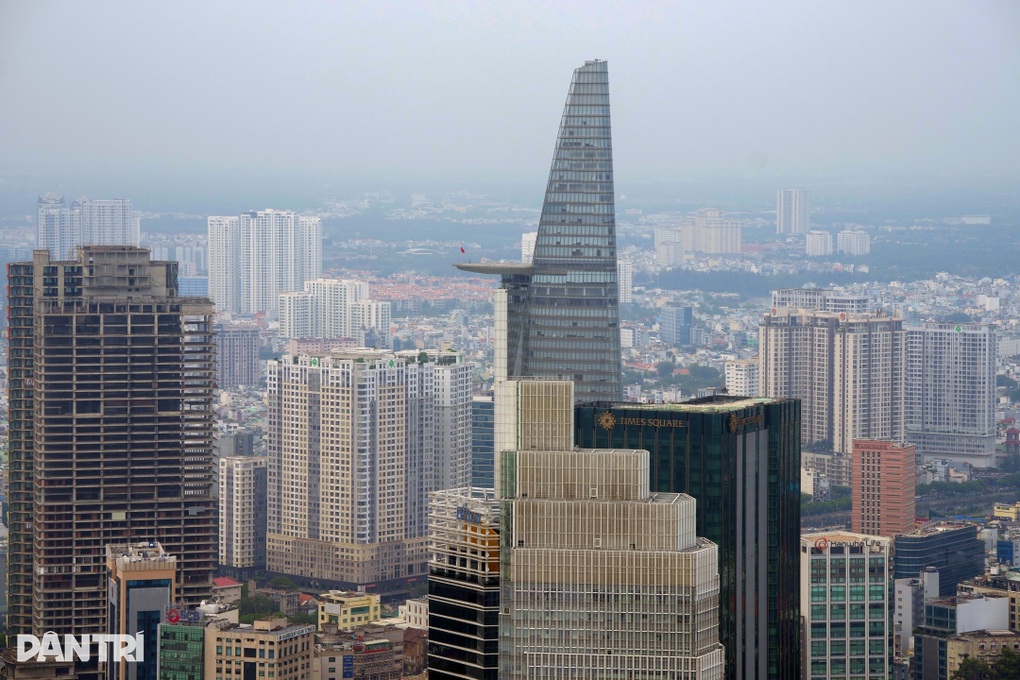
When merged, Ho Chi Minh City became a megacity with nearly 14 million people (Photo: Huu Khoa).
Regarding the scale of the economy, the total state budget revenue of the three provinces and cities in 2024 is 677,993 billion VND.
The current number of cadres and civil servants in the three localities is 22,878 people; there are 132,110 public employees.
According to the Standing Committee of the Ho Chi Minh City Party Committee, the merger of the three localities was built on the basis of implementing two tasks of arranging administrative units at the provincial and communal levels; ensuring that after the arrangement, Ho Chi Minh City will be a centrally-run city, promoting the potential and advantages of the three provinces and cities to strive to become a new growth pole of the country in the near future.
Merging People's Councils at all levels
According to the draft Project, at the provincial level, the People's Council Delegates of the three localities will form the People's Council of the new administrative unit, Ho Chi Minh City, and continue to operate until the end of the 2021-2026 term.

People's Councils at all levels will merge and continue to operate until the end of the 2021-2026 term (Photo: Huu Khoa).
The first session of the new HCMC People's Council is convened and chaired by a convener (appointed by the National Assembly Standing Committee) until the People's Council elects a Chairman.
The new City People's Council has 4 committees similar to the current model of City People's Council committees. The new Ho Chi Minh City People's Council elects positions of the People's Council and People's Committee (PC) according to the provisions of the Law on Organization of Local Government and operates until the new City People's Council for the 2026-2021 term is elected.
At the commune level, People's Council delegates from communes in 3 provinces and cities will be merged into the People's Council of the new commune-level administrative unit according to the arrangement and merger plan. These units will continue to operate until the end of the 2021-2026 term. The Standing Committee of the Ho Chi Minh City People's Council will appoint the Chairman of the People's Council at the commune level after the arrangement.
Dissolution and merger of many units under the City People's Committee
Wards in Ho Chi Minh City implementing the local government model, after reorganization and merger, will continue not to organize People's Councils according to the provisions of Resolution No. 131/2020/QH14. The organization of People's Councils of wards for the 2026-2031 term will be implemented according to the provisions of the Law on Organization of Local Government (amended).
The new Ho Chi Minh City People's Committee is expected to have 15 department-level units and equivalent, including: People's Committee Office, Department of Home Affairs, Inspectorate, Department of Science and Technology, Department of Justice, Department of Finance, Department of Industry and Trade, Department of Culture and Sports, Department of Tourism, Department of Education and Training, Department of Health, Department of Ethnic Minorities and Religions, Department of Construction, Department of Agriculture and Environment, Department of Food Safety.
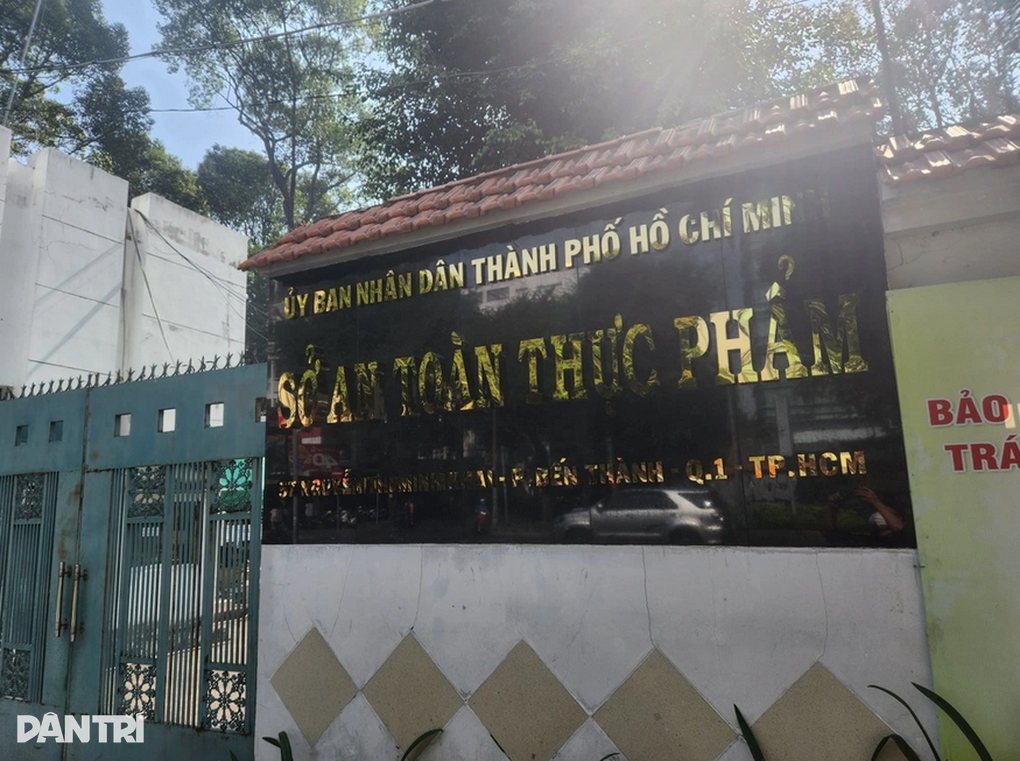
The Department of Food Safety is the only model in Ho Chi Minh City that is still maintained (Photo: Quang Huy).
The Management Board of Export Processing and Industrial Zones, the Management Board of Industrial Parks, the Management Board of High-Tech Parks, and the Management Board of High-Tech Agricultural Zones shall make arrangements according to regulations.
The Office of the National Assembly Delegation and People's Council, businesses and funding sources will remain the same.
The Department of Foreign Affairs of Binh Duong province will transfer its functions and tasks to the Department of Foreign Affairs of Ho Chi Minh City. The Office of the Traffic Safety Committee of Binh Duong province will be dissolved and its functions and tasks will be transferred to the Department of Construction of Ho Chi Minh City.
For city-level public service units and units under the department, the city will merge units with similar functions.
Many district-level public service units move to communes.
Regarding district-level administrative units, the city will transfer Vocational Education Centers, Continuing Education Centers and Specialized Schools to the Department of Education and Training.
Cultural - Information - Sports Centers, Libraries, Children's Houses, Market Management Boards, Park Management Boards are transferred to the People's Committee of the commune where they reside.
District radio stations are arranged to merge with the Center for Culture - Information - Sports.
The Compensation and Site Clearance Board of district-level units was reorganized into the Regional Compensation and Site Clearance Board under the Department of Natural Resources and Environment (renamed the Department of Agriculture and Environment). The Agricultural Service Center was also transferred to be under the direct control of this department.
The District-level Regional Project Management Board is reorganized into the Regional Project Management Board under the City People's Committee.
The Bus Station Management Board was transferred to the Department of Construction (after merging the Department of Construction with the Department of Transport and Public Works).
Source: https://dantri.com.vn/noi-vu/sau-hop-nhat-tphcm-tro-thanh-sieu-do-thi-gan-14-trieu-dan-20250416121727206.htm


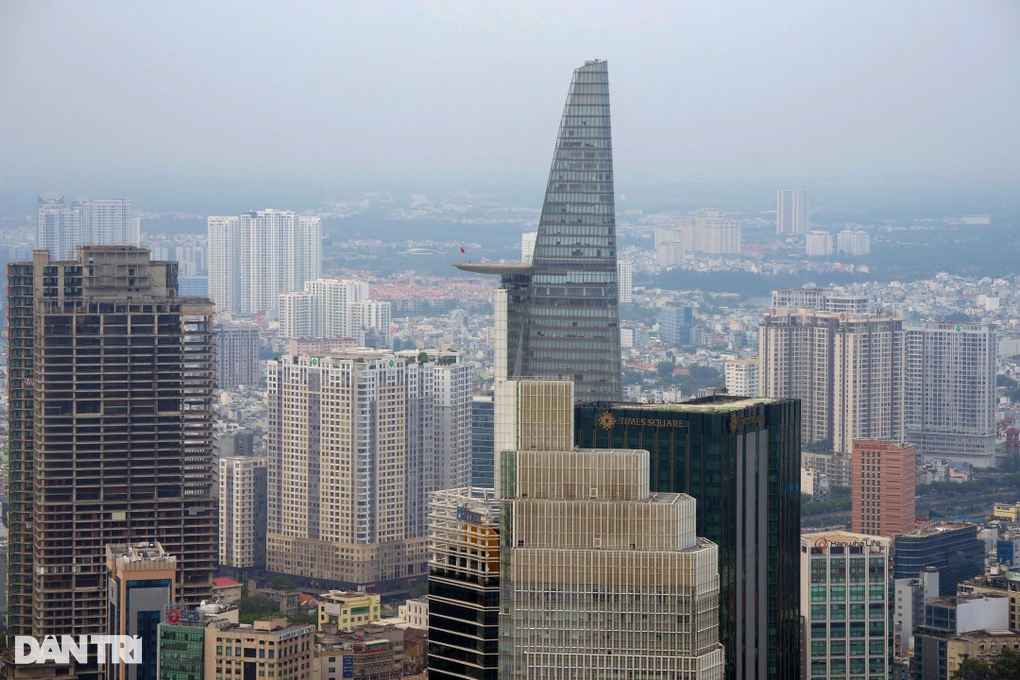
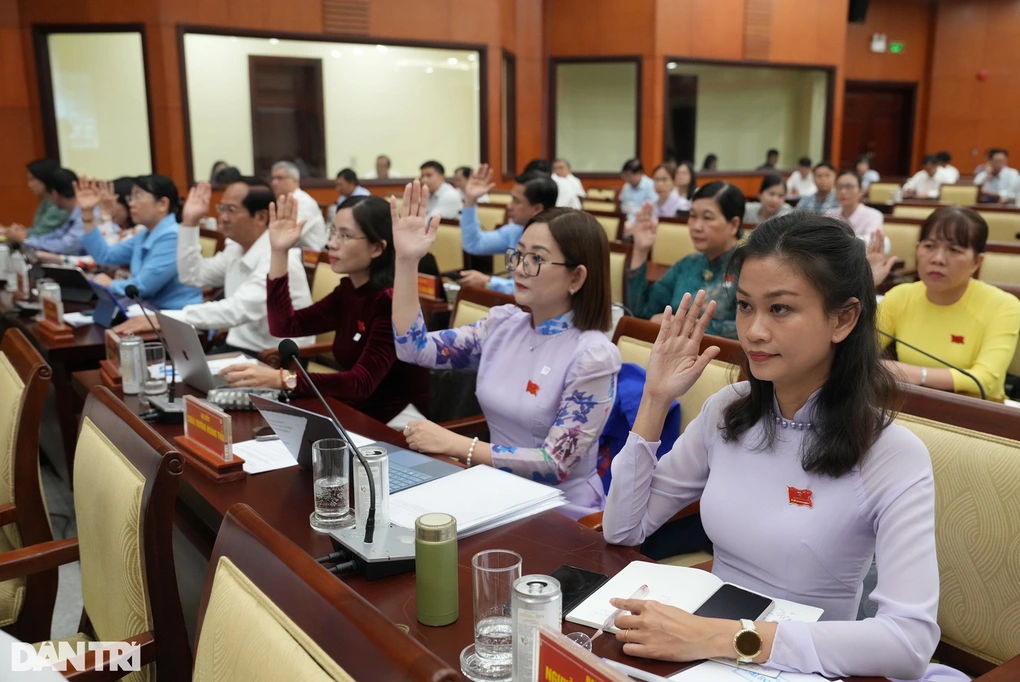
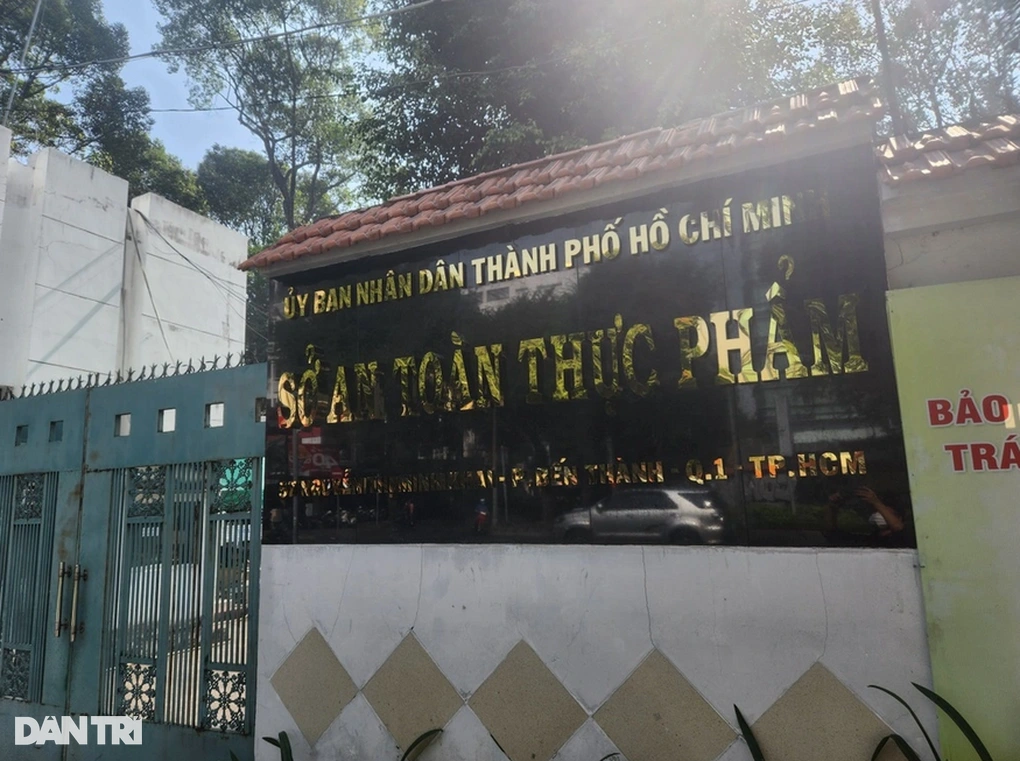
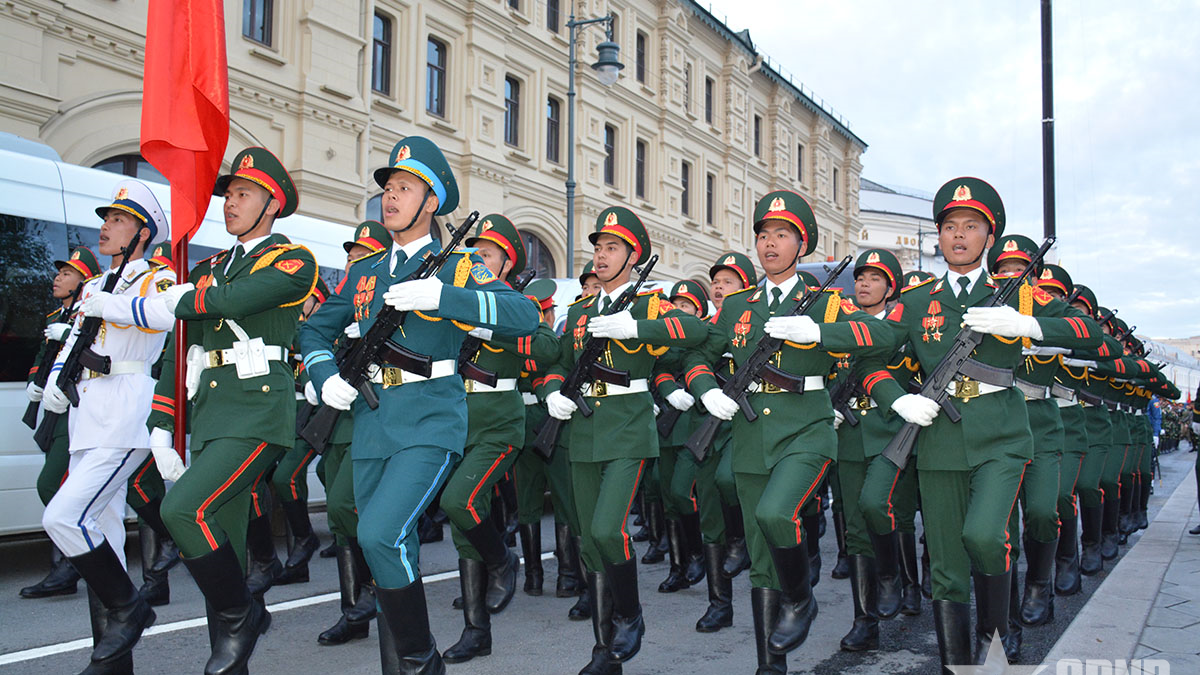

![[Photo] Bus station begins to get crowded welcoming people returning to the capital after 5 days of holiday](https://vphoto.vietnam.vn/thumb/1200x675/vietnam/resource/IMAGE/2025/5/4/c3b37b336a0a450a983a0b09188c2fe6)

![[Photo] General Secretary To Lam receives Sri Lankan President Anura Kumara Dissanayaka](https://vphoto.vietnam.vn/thumb/1200x675/vietnam/resource/IMAGE/2025/5/4/75feee4ea0c14825819a8b7ad25518d8)
![[Photo] Vietnam shines at Paris International Fair 2025 with cultural and culinary colors](https://vphoto.vietnam.vn/thumb/1200x675/vietnam/resource/IMAGE/2025/5/4/74b16c2a197a42eb97597414009d4eb8)
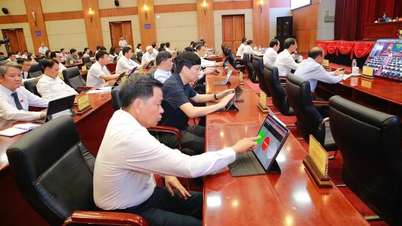

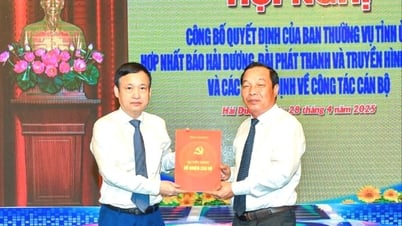






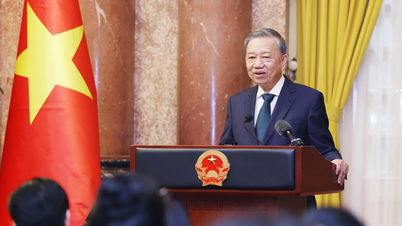
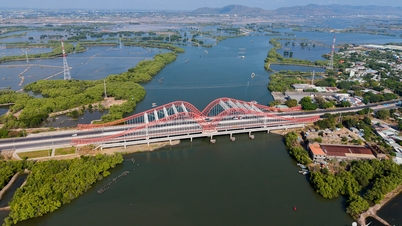

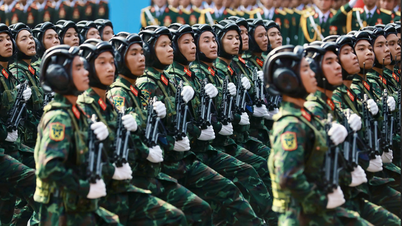
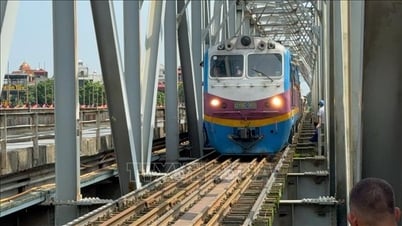









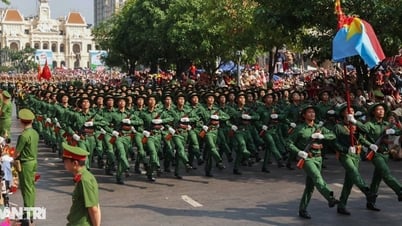
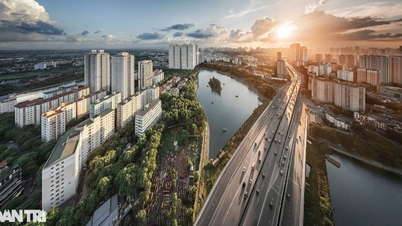

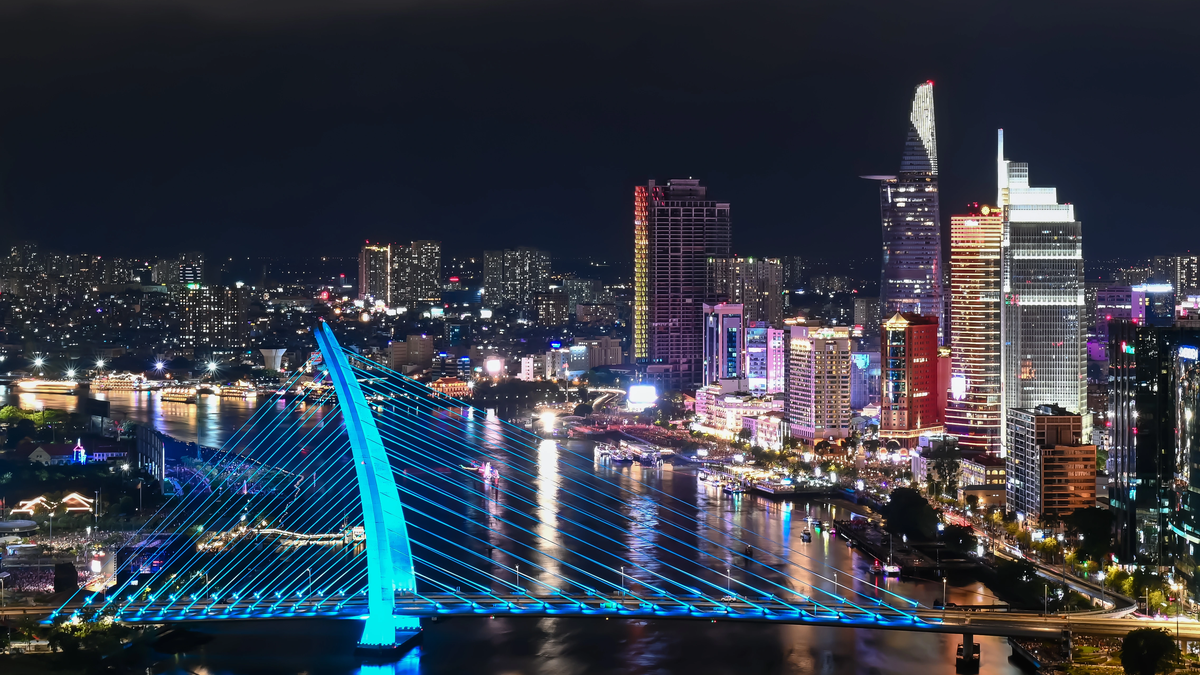








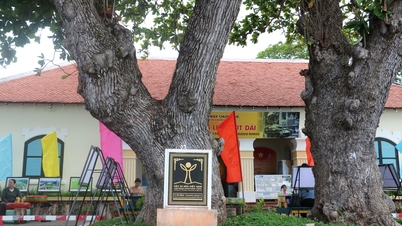

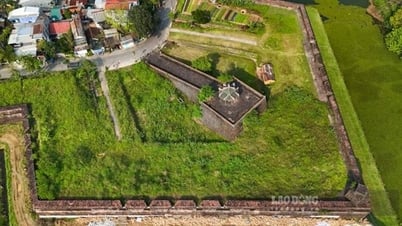

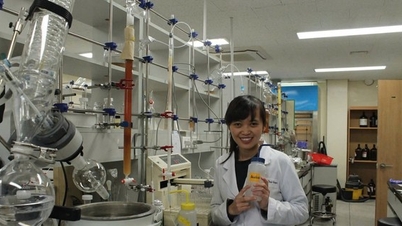


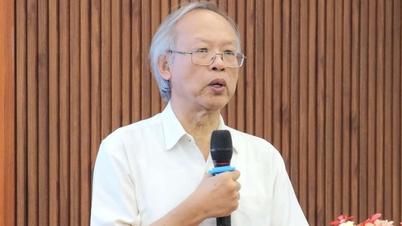
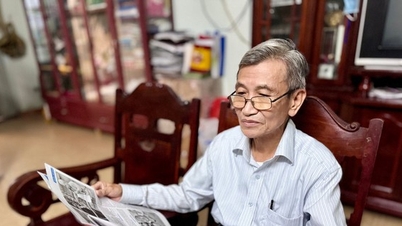
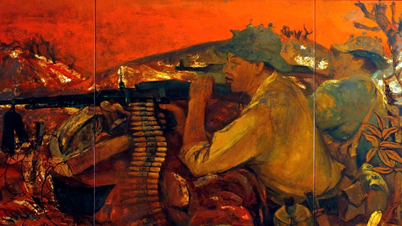



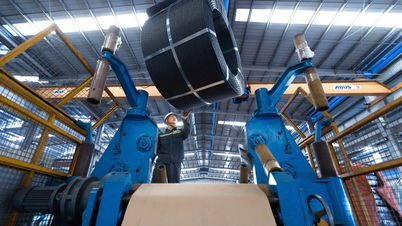
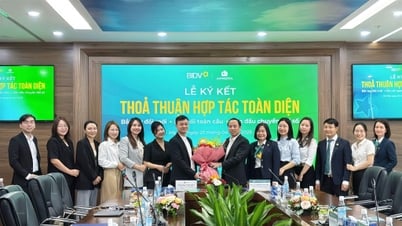

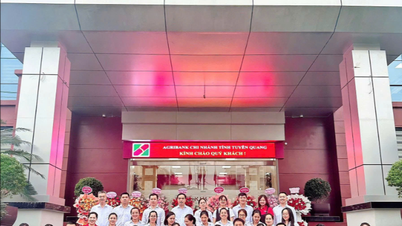


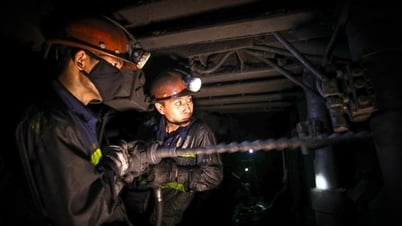



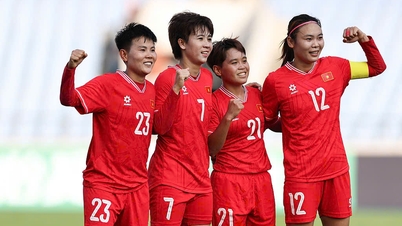





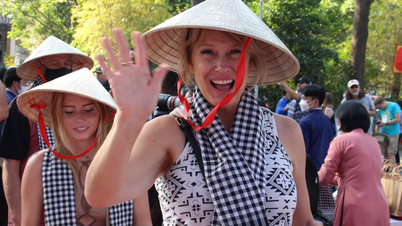



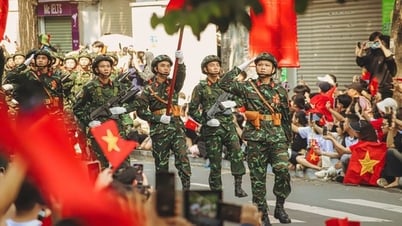

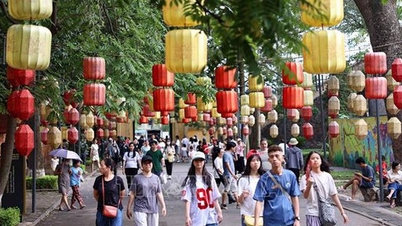
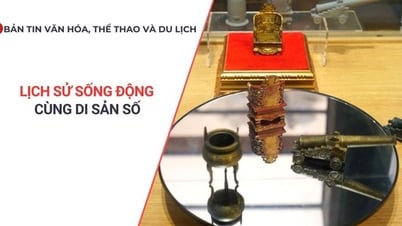


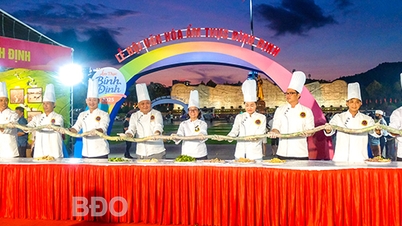













![[Video]. Building OCOP products based on local strengths](https://vphoto.vietnam.vn/thumb/402x226/vietnam/resource/IMAGE/2025/5/3/61677e8b3a364110b271e7b15ed91b3f)




Comment (0)